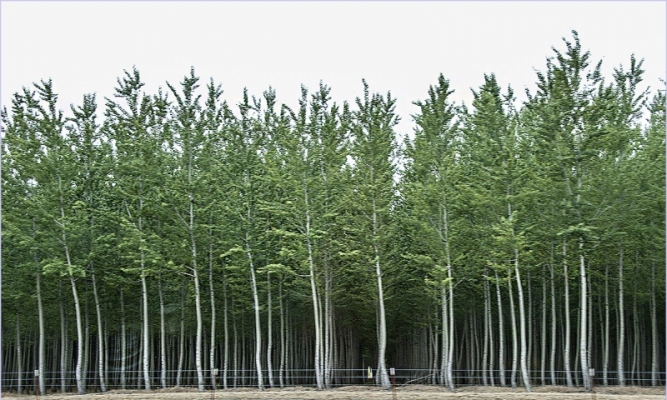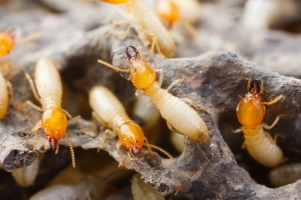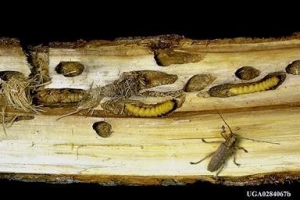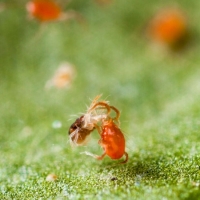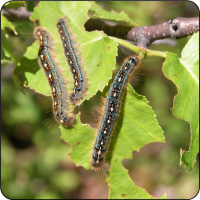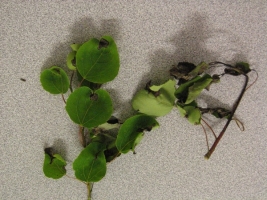General Information
Poplar is deciduous tree and belongs to family of Salicaceae. These are fastest growing tree under ideal climatic conditions. Poplars wood and bark are used for making plywood, boards, matchsticks, also for making sports good and pencil. In India, plant can grow upto height of 85 feet or above with in life span of 5 to 7 years. Major poplar producing states in India are Haryana, Punjab, Uttarakhand, Uttar Pradesh, Himachal Pradesh, Jammu & Kashmir, Arunachal Pradesh and West Bengal.

